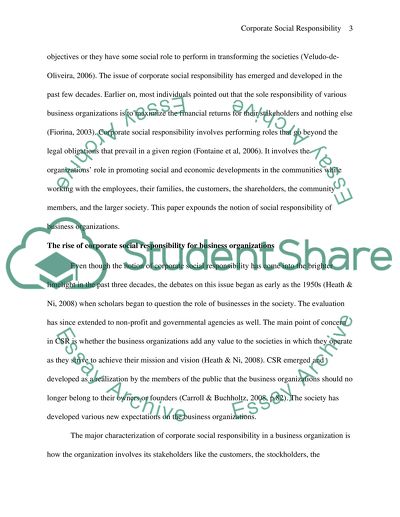Cite this document
(“The notion of corporate social responsibility of business Essay”, n.d.)
Retrieved from https://studentshare.org/law/1395787-the-notion-of-corporate-social-responsibility-of-business-organizations
Retrieved from https://studentshare.org/law/1395787-the-notion-of-corporate-social-responsibility-of-business-organizations
(The Notion of Corporate Social Responsibility of Business Essay)
https://studentshare.org/law/1395787-the-notion-of-corporate-social-responsibility-of-business-organizations.
https://studentshare.org/law/1395787-the-notion-of-corporate-social-responsibility-of-business-organizations.
“The Notion of Corporate Social Responsibility of Business Essay”, n.d. https://studentshare.org/law/1395787-the-notion-of-corporate-social-responsibility-of-business-organizations.


